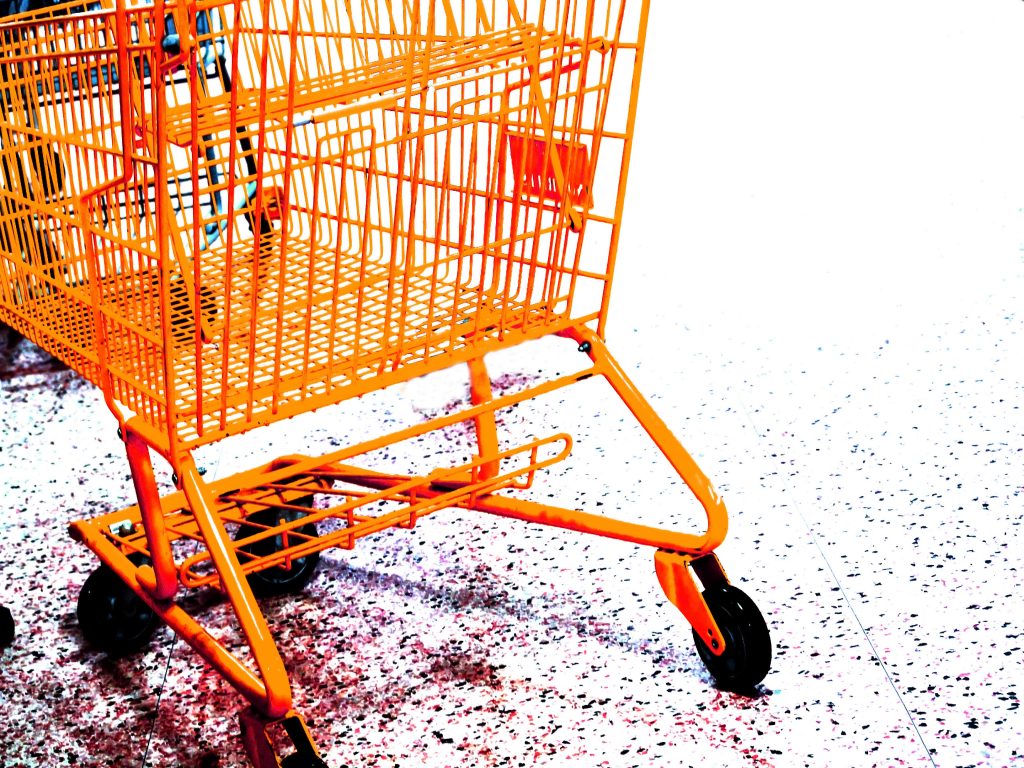 When you suffer a personal injury such as a slip and fall and pursue a remedy in court, you must be able to support your allegations with sufficient evidence. After conducting initial discovery, a party may move for summary judgment and seek to have the case dismissed before it is ever heard by a trier of fact. When a party moves for summary judgment, it argues that the initial discovery shows that there are no issues of material fact to be decided by the trier of fact and that it is entitled to judgment as a matter of law. The opposing party, the party seeking to avoid having their case dismissed, must then present evidence to show that there are issues of material fact that should be heard at trial. In a recent case from the Louisiana Second Circuit Court of Appeal, a plaintiff conveniently “corrected” her deposition testimony attempting to defeat a motion for summary judgment. While the suspect changes were ultimately admitted, this was not sufficient to allow the case to go forward at trial.
When you suffer a personal injury such as a slip and fall and pursue a remedy in court, you must be able to support your allegations with sufficient evidence. After conducting initial discovery, a party may move for summary judgment and seek to have the case dismissed before it is ever heard by a trier of fact. When a party moves for summary judgment, it argues that the initial discovery shows that there are no issues of material fact to be decided by the trier of fact and that it is entitled to judgment as a matter of law. The opposing party, the party seeking to avoid having their case dismissed, must then present evidence to show that there are issues of material fact that should be heard at trial. In a recent case from the Louisiana Second Circuit Court of Appeal, a plaintiff conveniently “corrected” her deposition testimony attempting to defeat a motion for summary judgment. While the suspect changes were ultimately admitted, this was not sufficient to allow the case to go forward at trial.
In this case, Ginger Crawford slipped and fell on a wet floor in the dairy section of a grocery store owned by Brookshire Grocery Company in Springhill, Webster Parish, Louisiana. In response to a request by Brookshire, Ms. Crawford gave a deposition in which she swore to the court her version of the incident that happened in Brookshire’s Grocery. The deposition was certified by the court reporter. Brookshire then filed a motion for summary judgment, relying heavily on Ms. Crawford’s deposition. Brookshire’s motion argued that the case should be dismissed before trial because based on the initial discovery, it was evident that Ms. Crawford could satisfy her evidentiary burden under Louisiana’s Merchant Liability Statute. More specifically, Brookshire asserted that Ms. Crawford could not satisfy the “temporal” element of her claim.
In order to succeed in a slip and fall claim, a plaintiff must satisfy each and every element of Louisiana’s Merchant Liability Statute. See L.A. R.S. 9:2800.6. First, the condition that caused the fall must have presented an unreasonable risk of harm to the plaintiff and that risk of harm must have been reasonably foreseeable. Second, the merchant must have either created or had actual or constructive notice of the condition which caused the damage, prior to the occurrence. Third, the merchant must have failed to exercise reasonable care. In determining whether the merchant exercised reasonable care, the absence of a written or verbal uniform cleanup or safety procedure is insufficient to prove failure to exercise reasonable care.
 Louisiana Personal Injury Lawyer Blog
Louisiana Personal Injury Lawyer Blog


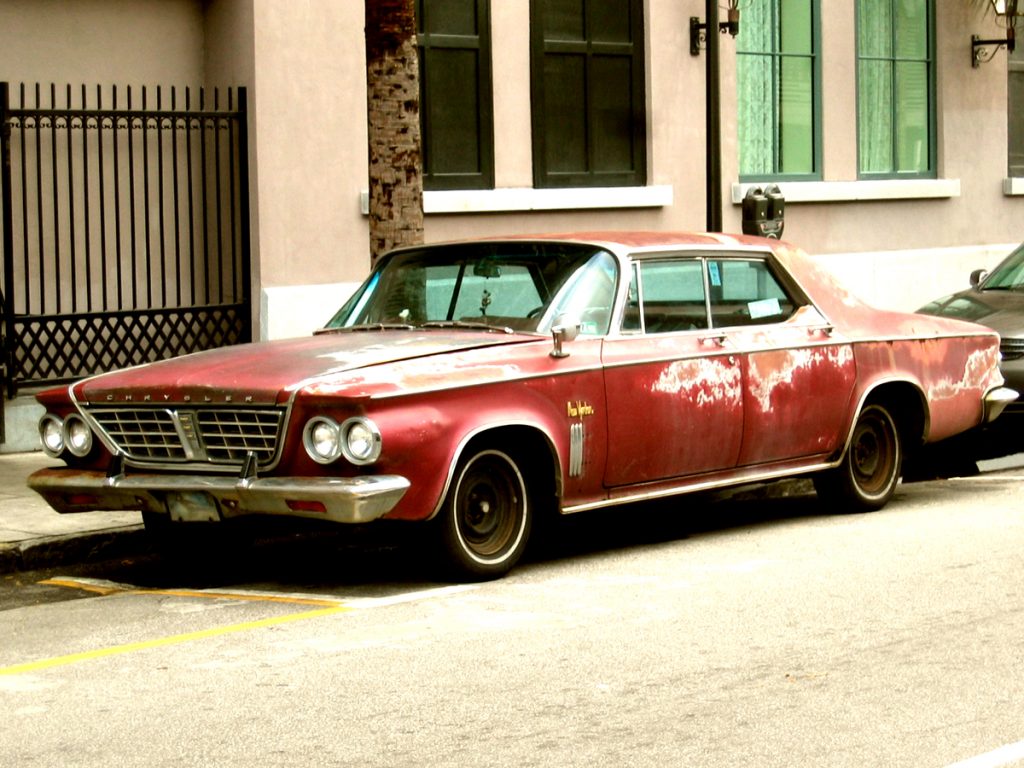 When multiple auto insurance policies are involved after an auto accident it may be difficult to tell which one is controlling. When a mother’s car broke down she borrowed a car from a friend to take her children to daycare. While on the way to drop her kids off she accidentally rear-ended the car of another driver on Highway 139 in Ouachita Parish, Louisiana. When the time came to determine whose car insurance was controlling a lawsuit was filed to resolve this question.
When multiple auto insurance policies are involved after an auto accident it may be difficult to tell which one is controlling. When a mother’s car broke down she borrowed a car from a friend to take her children to daycare. While on the way to drop her kids off she accidentally rear-ended the car of another driver on Highway 139 in Ouachita Parish, Louisiana. When the time came to determine whose car insurance was controlling a lawsuit was filed to resolve this question. Even if a property is zoned for commercial purposes, a city may discretionarily deny a business from buying and developing that property if the city determines it is against the public interest. The city of Shreveport, Louisiana was challenged when they denied a Dollar General’s site plan to develop a commercially zoned, “use by right” 1.13-acre lot. While Dollar General’s developer, GBT Realty Corporation, petitioned the trial and appellate courts for damages resulting from loss of a business opportunity, the courts ruled that the city was immune from tort liability when a city exercises its discretion in the use of its commercially zoned properties.
Even if a property is zoned for commercial purposes, a city may discretionarily deny a business from buying and developing that property if the city determines it is against the public interest. The city of Shreveport, Louisiana was challenged when they denied a Dollar General’s site plan to develop a commercially zoned, “use by right” 1.13-acre lot. While Dollar General’s developer, GBT Realty Corporation, petitioned the trial and appellate courts for damages resulting from loss of a business opportunity, the courts ruled that the city was immune from tort liability when a city exercises its discretion in the use of its commercially zoned properties.  When a driver is rear-ended, there is generally a presumption the rear driver is negligent. This is based on the principle that the following driver must maintain a prudent distance from the vehicle in front of them and concentrate on their speed as well as the traffic and general condition of the roadway.
When a driver is rear-ended, there is generally a presumption the rear driver is negligent. This is based on the principle that the following driver must maintain a prudent distance from the vehicle in front of them and concentrate on their speed as well as the traffic and general condition of the roadway. 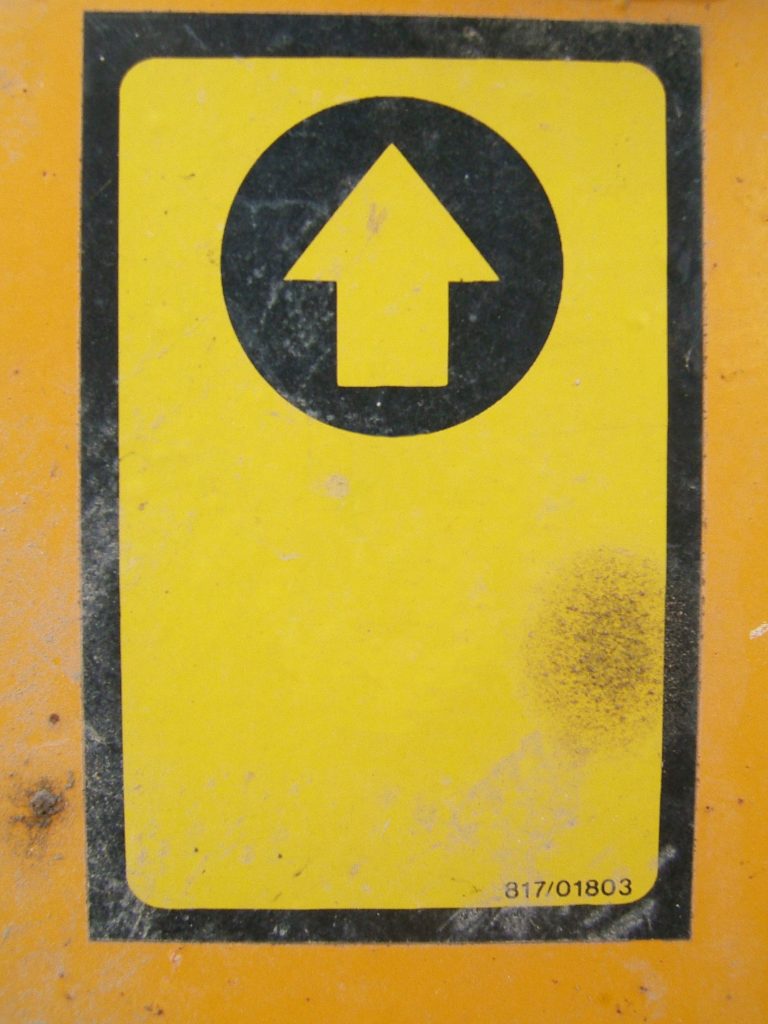 Generally, a driver who is insured for a vehicle they own will remain insured if they use a vehicle they don’t normally use. To limit this, insurance policies commonly contain a regular use exclusion, which will exclude an insurance company from liability when the insured driver uses another vehicle they don’t own, but use regularly. In a recent case, the Louisiana Second Circuit Court of Appeal had to determine whether the exclusion in the defendant’s insurance policy applied to a truck the defendant drove as part of his work.
Generally, a driver who is insured for a vehicle they own will remain insured if they use a vehicle they don’t normally use. To limit this, insurance policies commonly contain a regular use exclusion, which will exclude an insurance company from liability when the insured driver uses another vehicle they don’t own, but use regularly. In a recent case, the Louisiana Second Circuit Court of Appeal had to determine whether the exclusion in the defendant’s insurance policy applied to a truck the defendant drove as part of his work.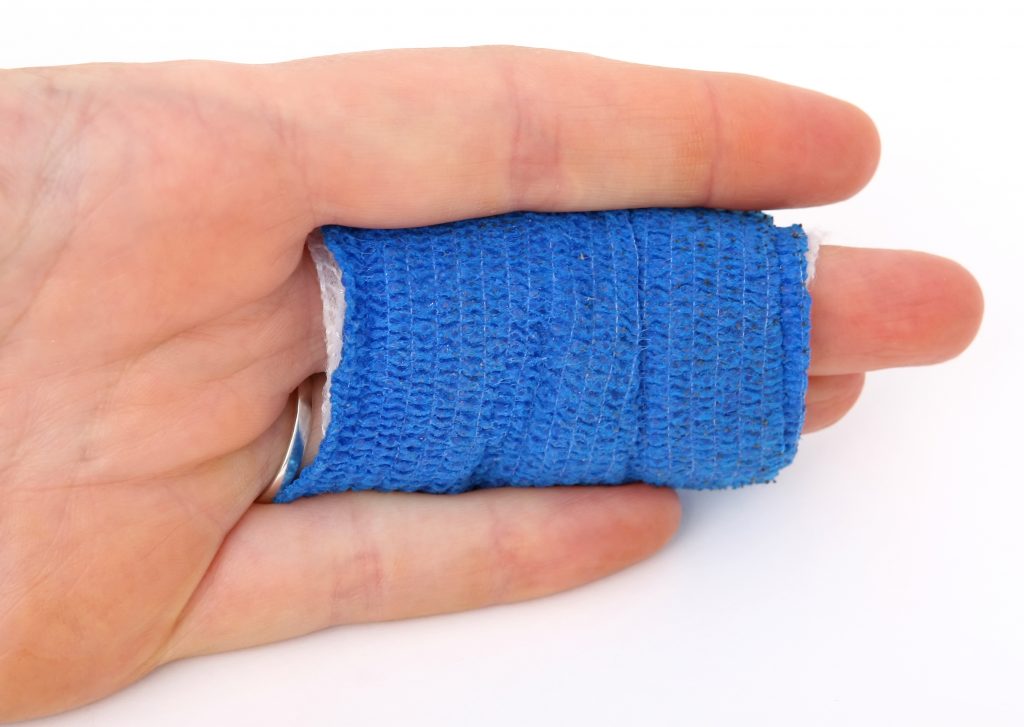 Workers’ compensation is a form of insurance run by the state government which pays wage replacement and medical benefits to employees injured on the job.
Workers’ compensation is a form of insurance run by the state government which pays wage replacement and medical benefits to employees injured on the job. 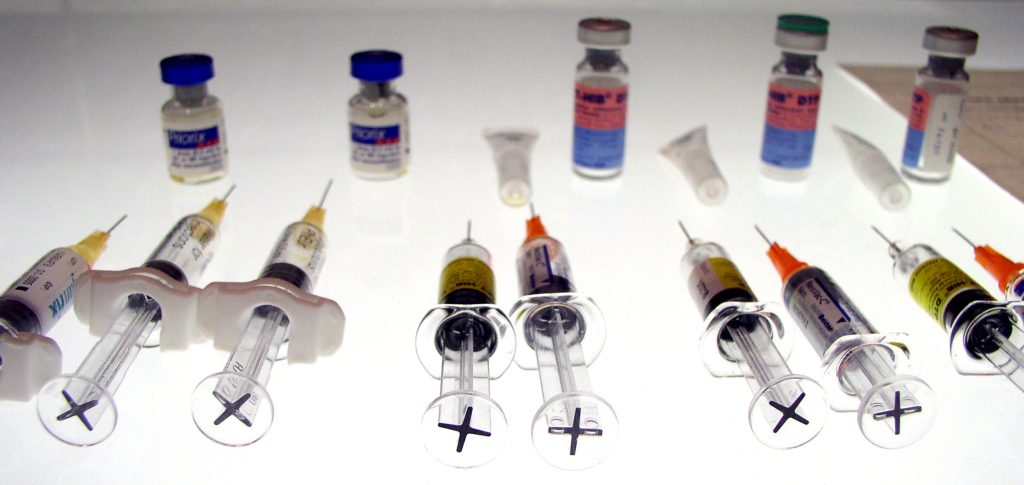 Companies that do business in multiple states must consider that individual states have their own laws, which must be followed if a company plans to do business in that state. It can never hurt to do your due diligence before you begin operations and a good attorney can be a vital resource. Recently, a Louisiana appellate court overturned the decision of a Worker’s Compensation Judge (WCJ) who ordered an out-of-state pharmacy to receive over $7,000 in reimbursement for providing prescription drugs to a worker’s compensation claimant over a seven-month period in 2010.
Companies that do business in multiple states must consider that individual states have their own laws, which must be followed if a company plans to do business in that state. It can never hurt to do your due diligence before you begin operations and a good attorney can be a vital resource. Recently, a Louisiana appellate court overturned the decision of a Worker’s Compensation Judge (WCJ) who ordered an out-of-state pharmacy to receive over $7,000 in reimbursement for providing prescription drugs to a worker’s compensation claimant over a seven-month period in 2010. Have you ever been involved in a slip and fall accident inside a store resulting from water being on the floor? Were you injured as a result? If so, who would you think was at fault? How would you receive just compensation? In a recent case, the Louisiana Second Circuit Court of Appeal discusses the necessary factors a plaintiff must prove in order to show that a merchant – such as a grocery store, clothing store, or even the owner of a food truck – was responsible for the injuries sustained resulting from a slip and fall accident.
Have you ever been involved in a slip and fall accident inside a store resulting from water being on the floor? Were you injured as a result? If so, who would you think was at fault? How would you receive just compensation? In a recent case, the Louisiana Second Circuit Court of Appeal discusses the necessary factors a plaintiff must prove in order to show that a merchant – such as a grocery store, clothing store, or even the owner of a food truck – was responsible for the injuries sustained resulting from a slip and fall accident.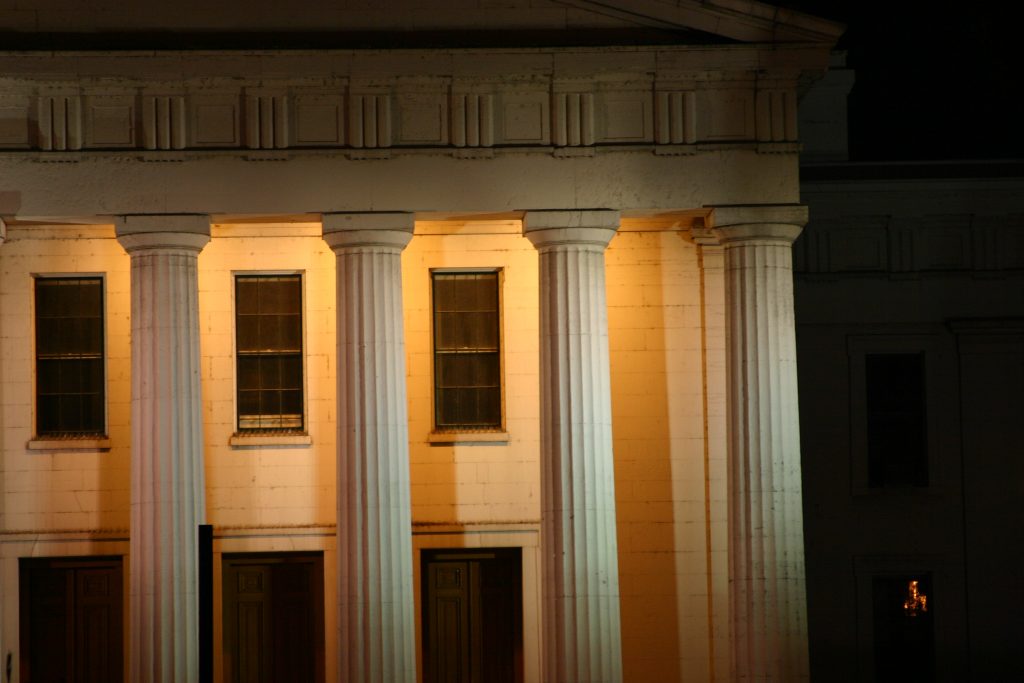 Legal issues can be separated into procedural and substantive categories. Although some may view procedural requirements as mere technicalities, they are essential to the efficient and fair operation of the legal system. Parties to a lawsuit must ensure that they meet all procedural requirements of a lawsuit, or else risk the lawsuit being decided against them. In a recent case, the defendant attempted to have the case dismissed based on an alleged procedural failure by the plaintiff. It demonstrates the importance of procedural requirements, as well as the complexities of some procedural issues.
Legal issues can be separated into procedural and substantive categories. Although some may view procedural requirements as mere technicalities, they are essential to the efficient and fair operation of the legal system. Parties to a lawsuit must ensure that they meet all procedural requirements of a lawsuit, or else risk the lawsuit being decided against them. In a recent case, the defendant attempted to have the case dismissed based on an alleged procedural failure by the plaintiff. It demonstrates the importance of procedural requirements, as well as the complexities of some procedural issues.